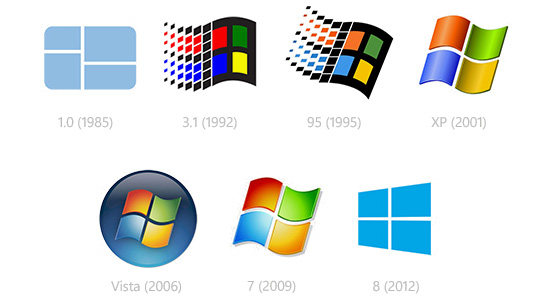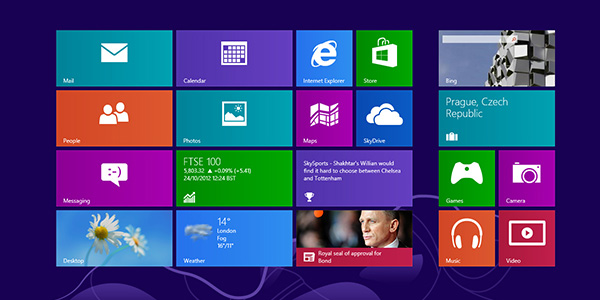Introduction

With over 600 million sales, Windows 7 is one of Microsoft's most successful products, and it's easy to see why. Streamlined, slick and powerful at the same time, it's everything a Windows operating system ought to be.
But times are changing and Microsoft needs to adapt to today's marketplace if it's to continue to thrive, as it has done for so many years. Today, the fundamental components of the computing experience - including the keyboard, mouse, desktop and, indeed, Start menu - are becoming increasingly less relevant, as mobile devices, touchscreens and innovative new interfaces point to an evolving future.
Adapting to this change evidently isn't Microsoft's strong point. The software giant hasn't yet been successful in the tablet market, Windows Phone smartphones are struggling to catch up with the Apple- and Google-based trendsetters, and even Zune, a once-promising foray into portable media players, failed to garner any real traction.
But these failings aren't through a lack of effort, nor are they a result of uninspired products. The Zune, rest in peace, was an excellent device and Windows Phone is one of the most innovative and interesting mobile platforms to date. The problem, perhaps, is that Microsoft is lacking the cool factor that competitors possess, and product branding that inevitably includes the word 'Windows' doesn't help. Would the Xbox 360 have been as successful if it went by the name Windows Console?
Point is, Microsoft, despite a big-spending R&D department and billion-dollar advertising blitzes, has struggled for success in genuinely-new products. And that predicament alone may have governed the development of Windows 8. Microsoft's challenge is to become a major competitor on all three mainstream computing devices - tablet, laptop and desktop - but in an effort to minimise the risk, it's attempting to put all of these unique devices under the same Windows umbrella.

Whereas Apple has been successful in using two different operating systems and unique experiences - iOS for iPad and OS X for Mac - Microsoft hopes to deliver a one-size-fits-all solution in the form of Windows 8. And we can understand why. Windows Phone hasn't quite caught on, so instead of trying its luck with a new product or operating system, Microsoft is banking on its most tried-and-trusted brand. Windows 8, inevitably, will be in the hands of millions in a short space of time, and it's the best route for Microsoft to put forth its vision of the future.
Past Meets Future
The decision to build a one-size-fits-all solution is precarious for obvious reasons; Windows has traditionally served as a desktop operating system, and its usability on touchscreen devices has thus far been inadequate. Optimisations aren't going to change that - an interface that works well with keyboard and mouse rarely adapts to the finger - so Microsoft's answer is to provide two environments in a single package.
For the power users, Windows 8 provides a familiar-looking desktop interface (albeit without a Start menu, more on that later), and for touchscreen users there's a contemporary user interface, dubbed Modern UI, that promises to be bright, fun, and, most importantly, entirely finger-friendly.

Windows 8 is one operating system, but it provides two unique experiences, and this juxtaposition of old and new is a sign of Microsoft aspiring to meet multiple demands in a single piece of software. Combining yesterday's desktop with tomorrow's Modern UI is a near-impossible task, and this seemingly-insurmountable obstacle is reflected in the available editions; despite attempting to cover all bases in one fell swoop, Windows 8 is available to users in four distinct flavours.









